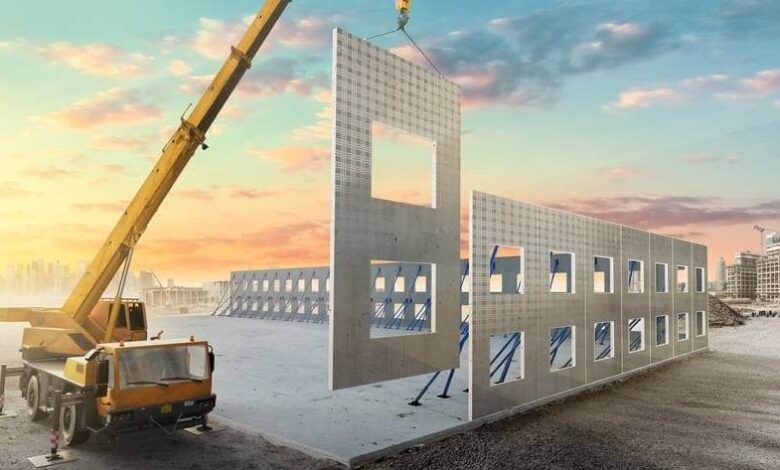The Rise of Prefabricated Building Systems: Navigating Growth, Challenges, and Innovations – A market researched by Future Market Insights

Prefabricated building systems have become the forefront of global construction industry transformation. The combination of controlled factory production of building components along with on-site assembly at manufacturing facilities shows growing industry adoption because of greater efficiency and cost-effectiveness as well as sustainability benefits. In a report from Future Market Insights the global prefabricated building system market forecasts expansion from USD 12.22 billion in 2025 to USD 22.64 billion by 2035 with a compound annurowth rate (CAGR) of 6.3%.
Driving Factors Behind Market Growth
Rapid Urbanization and Industrialization
Worldwide urban development and industrial advancement drives increased needs for efficient construction solutions which can scale efficiently. The rising architectural need can be fulfilled by prefabricated systems which expedite construction durations and decrease onsite workforce needs.
Government Investments in Infrastructure
Multiple governments from different regions dedicate massive funds to infrastructure development which includes public compounds alongside road systems and residential construction initiatives. The quick construction times and cost-efficient operation of prefabricated buildings prove excellent for project fulfillment within accelerated schedules and fiscal limitations.
Sustainability and Environmental Concerns
Rising environmental consciousness creates increased scrutiny on sustainable building methods throughout industries. The production of prefabricated building systems results in reduced construction waste while using energy-saving materials that support global sustainability objectives.
Technological Innovations Enhancing Prefabrication
The development of prefabricated house building systems depends significantly on modern technological breakthroughs. Notable innovations include:
Lightweight High-Strength Concrete (LWHSC): LWHSC provides superior performance regarding weight ratio compared to traditional materials and allows engineers to design tall buildings and expansive spans.
3D Printing: Through integration with 3D printing technology complex building components can be created precisely which cuts material waste and enables bespoke designs.
Modular Designs: The practice of modular construction produces standardized building elements which effortlessly integrate at construction site thus enabling flexible and scalable design possibilities.
Regional Insights
North America: The area will become a major prefabricated building system market because of growing modular construction demand along with accelerating industrial development and urban growth and substantial public sector capital allocations. Leading market participants based in the United States push forward market expansion.
Asia-Pacific: China and India experience fast urban growth and rising populations resulting in increased need for housing and infrastructure that drives profitable market potential for prefabricated building systems.
Challenges and Considerations
Despite the numerous advantages, the adoption of prefabricated building systems faces challenges, including:
High Initial Investment: Building prefabricated components manufacturing facilities demands massive investments.
Transportation Logistics: The transportation of big prefabricated pieces for construction sites generates logistics complications together with elevated operational costs.
Design Limitations: The standardization of prefabricated systems has typically constrained architectural freedom yet manufacturers now develop customizable solutions for this problem.
Future Outlook
Global adoption of sustainable construction together with technological enhancements ensures a bright future for prefabricated building systems. Future advancements in prefabrication construction techniques will define the industry direction while delivering sustainable and economical building solutions.
The market for prefabricated building systems grows because of growing construction sector needs combined with sustainability targets and technological developments. The recognition of prefabrication benefits by stakeholders will lead to more widespread acceptance making prefabrication the standard construction method in the new era.




